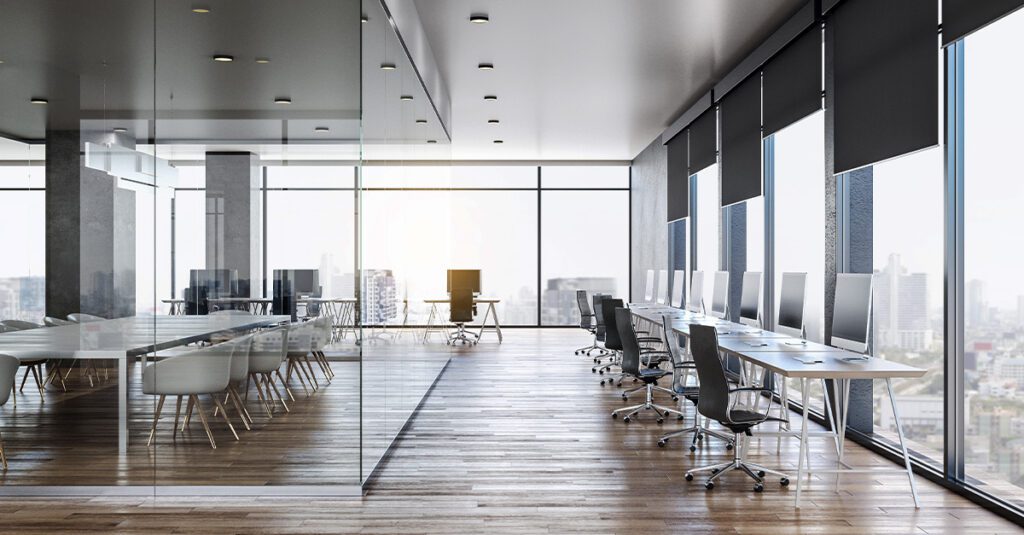How to Improve the Workspace Experience in the Age of Covid-19
Some companies might be ready for their workers to start returning to the office, but have they properly prepared their workspace for our new normal? This goes beyond just following CDC guidelines and social distancing—it’s about enhancing employees’ experiences and well-being.
Let’s explore some key steps employers can take to improve their office or coworking space with Covid-19 and worker satisfaction in mind.
Shift Your Design
Gone are the days of the hotly debated open floor plan. You’ll need to reconfigure your space to allow for 6 feet between workers and consider adding social distancing partitions. Also, think about your meeting areas—turning more open spaces into places to gather instead of using enclosed rooms. Collaboration is still key among team members, but it needs to be done safely.
Implement a Phased Approach
People will probably be wary of jumping in cars and hopping on public transportation to return to the office after several months of working remotely. It’s a good idea to bring workers back in stages instead of all at once. This way, you can also test out any changes you’ve made to the workspace before inviting your whole team back.
Adopt a Hybrid Model
Covid-19 isn’t going anywhere soon, so companies will likely need to continue remote work in addition to time in the office. You’ll want to think through how many people can be at the office at once and develop a schedule to stagger employees. This will depend on how large your office is and how many work stations you can have to meet safety guidelines. This approach is a good idea because if someone does become infected with the virus, only the smaller group they work with will need to quarantine, instead of the entire workforce.
Enable Hygiene and Sanitation
In addition to frequent and proper sanitation of the office, you should place hand sanitizer stations frequently throughout the space. In addition to putting them by elevators, also consider other high-traffic areas like break rooms, lobbies, and restrooms. You can also prop open doors to reduce the need to touch handles. Consider replacing high-touch amenities with safer alternatives, such as a touchless water dispenser or individually wrapped snacks. If people do use things like vending machines or coffee makers, provide disinfectants to wipe them down between uses.
Involve Workers in the Process
When making decisions about how to best reorganize your space, it’s a good idea to include employees in the conversation. Listing to their input is a great way to help them feel secure about returning to the office. In addition, they might have insight into how often certain areas are used and how to help ensure proper distancing.
Ramp Up Your Tech
Since employees will continue communicating with coworkers who are at home—often via video calls—you need to have strong wi-fi in place. No one wants to return to an office just to have slow internet or bandwidth issues when trying to do their job. Also, make sure everyone has the equipment they need to perform at their best. Things like monitors and ergonomic chairs can make a big difference in employee satisfaction and desire to return to the office.
This is new territory for everyone, so chances are you’ll have to continue making adjustments to your office along the way. Regularly check in with your team to see how the space is working for them and what could be done to improve their productivity, safety, and happiness.

